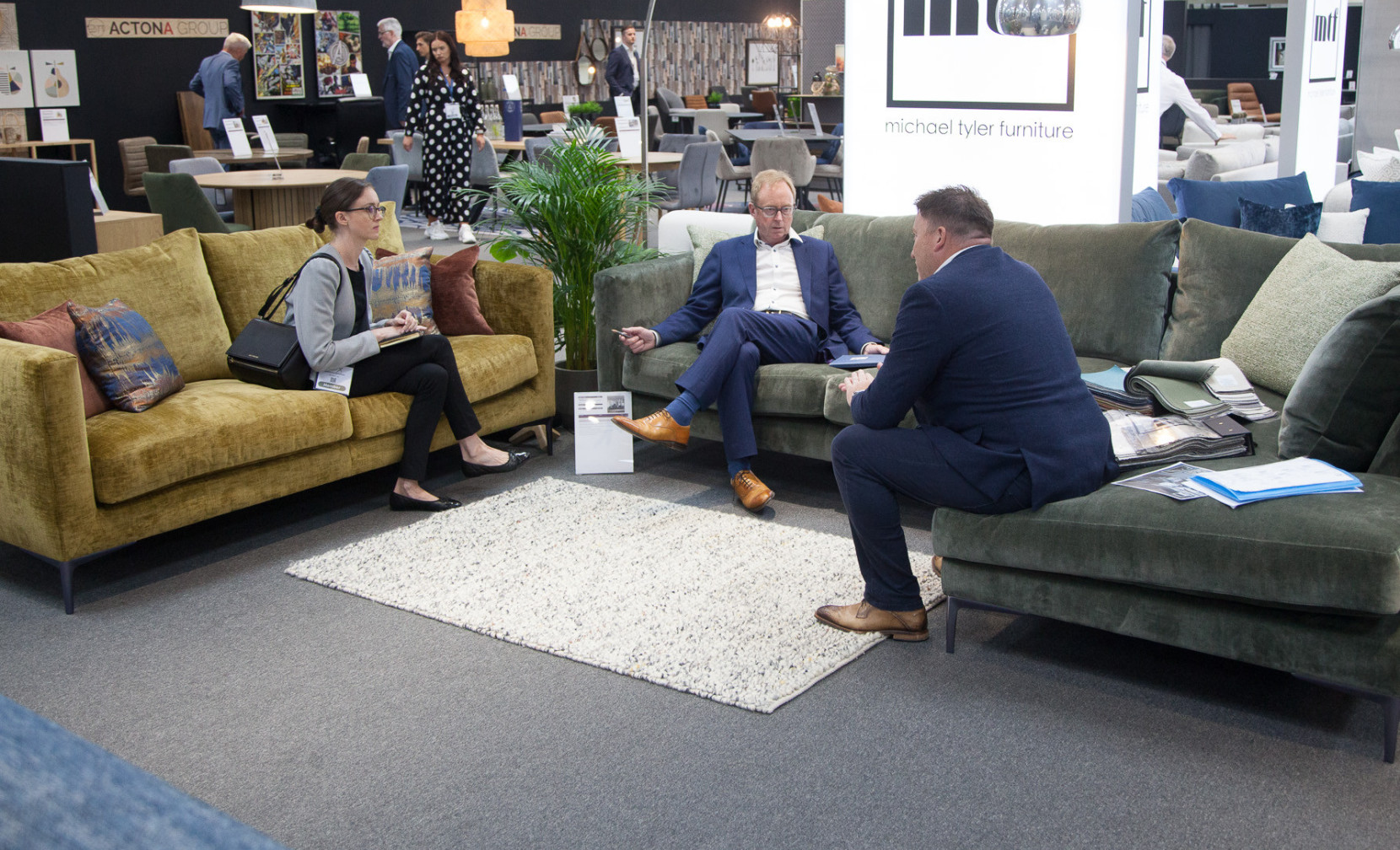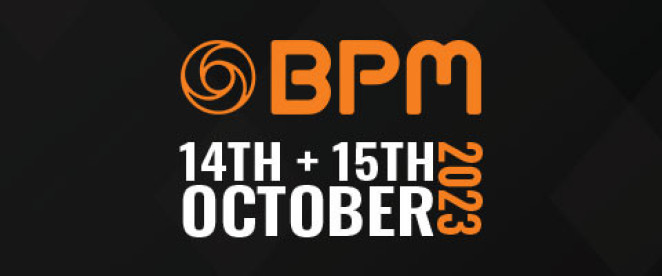Post trade show tips
21 Mar, 2024 - 6 min read

If you're exhibiting at a trade show, you need to find ways of maximising your investment - not just on the day of the event but in the weeks and months that follow. If you've met new prospects and generated new leads at the trade show, then you've got to drive home the advantage and turn potential into profits. Acting quickly is important as potential clients will have networked with multiple contacts who may be able to offer the same as you. This makes securing the contract or negotiating a deal a time-sensitive task, so ensure you set time aside after a trade show to follow up leads. In this blog, we’ll look at ways to maximise your time efficiently to follow up leads after trade shows and explore a few tips we have.
Building The Foundations
Although this blog is predominately focused on what happens after the trade show, the groundwork is all done at the tradeshow itself and has a lasting impact on the follow-up.
You may well speak to hundreds of different people on any single day. They may all be interesting individuals, people who are interested in doing business with you in the future, but the reality is you can't get to know everybody properly. If you get decent footfall to your exhibition stand or booth, there simply isn't the time to have extended conversations with everyone who expresses an interest in your offering.
So how do you maximise your window with footfall? You might not be able to have a full, detailed conversation with each person when it's busy, but even in the space of 30 seconds to a minute you can get them engaged, deliver your micro-pitch, and show off your brand. You'll either make a good first impression and stand a chance of converting the lead into a paying customer, or you won't.
Make Notes at the Show
Perhaps most importantly, you need to remember everyone you talk to at the show. This is especially true if they have a specific query that needs answering. As such, you need to make sure you're taking notes throughout the exhibition, which will make the follow-up work so much easier.
These notes don't have to be comprehensive - often just a sentence or two will be enough to jog your memory - but they should always contain any vital information. If someone talks to you about a specific deal, for example, then you will look foolish if you call them up later having forgotten all about it!
Allocate Yourself the Time
We’ve already briefly touched on this, but the main reason follow-up work is such a pain is that few of us have the time to go through it all. As soon as the trade show has finished, we're back to the daily grind and have few chances to start chasing up leads. As such, you need to prepare for this well in advance.
It is difficult to know exactly how long following up will take - after all, you could finish an exhibition with three leads or 300 - but you should endeavour to leave yourself a good amount of time for it. In the week or two following the trade show, avoid scheduling any meetings or calls so you can dedicate that time to chasing up leads.
Have a System in Place
Follow-up work is always going to be quicker if you know exactly what you're doing from the start. You should try to have some kind of system in place for following up leads. This can include a database to record any sales information resulting from your work, or a script guide to use when making the calls.
Reach Out to Potential Customers
Following up on potential leads after a trade show is the final step in the process. All your networking will lead to the moment you reach out to prospective clients. How do you reach out though? This process should be a truly unique and bespoke process that is tailored to the potential client. For example, someone looking for information on a product or service you provide will benefit more from an email which includes product brochures or data sheets, as opposed to a phone call where they won’t be able to see the information they need. Following up the email 24 hours after with a phone call is often a good idea to discuss further.
Following up by Email
Send personalised follow-up emails to your networking leads after a trade show to jog their memory about your booth and product demo and keep your sales pitch top-of-mind. If your sales team made a great impression at the show, the follow-up email allows the potential buyer to re-experience that conversation and makes them more receptive to further contact.
Make sure to personalise your follow-up emails just enough so the prospect can remember who you are and strengthen that connection. Always include your name, company, and the event you connected at. It’s good practice to wait a day or two to send your follow-up emails so your prospective customers have time to settle back in after the show. This way, your email is more likely to be the first thing they see.
Newsletter Sign Up
If you've managed to build up a list of contacts, it's worth asking them if they want to receive a free newsletter. This can be an effective piece of marketing which helps keep your profile high and enables you to spread the word about new offers and opportunities, to generate increased revenues in the future. It shouldn't take long to create but can play a big role in converting leads.
Exhibition Venue Like No Other
Cranmore Park is a more personal and flexible venue than conventional hotels in the area, and it's developed by specialists in creating successful exhibitions and events. Our in-house planning team will work with you to tailor the space to your individual needs and budget and ensure your event is a success. Contact us today by calling 0121 713 4450 or emailing info@cranmorepark.co.uk.


